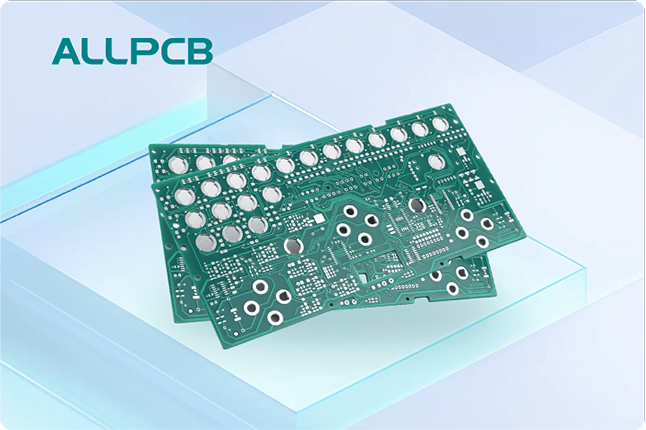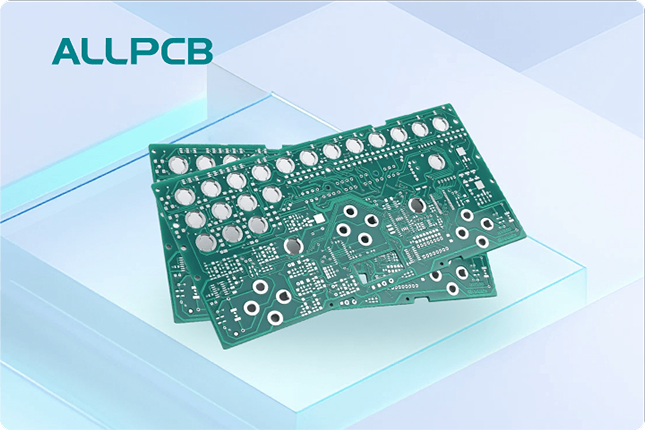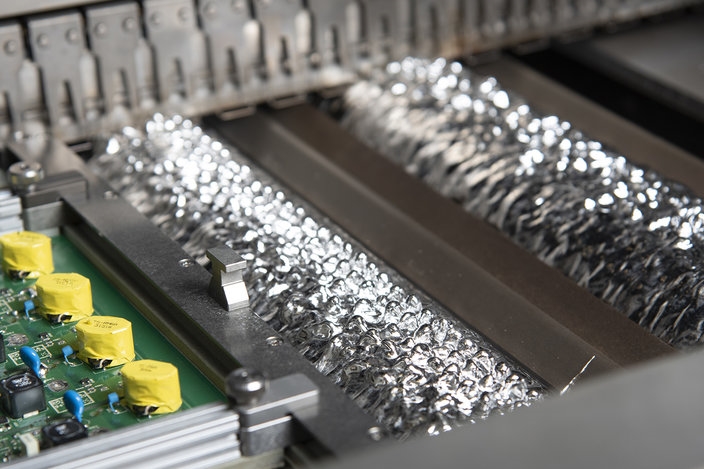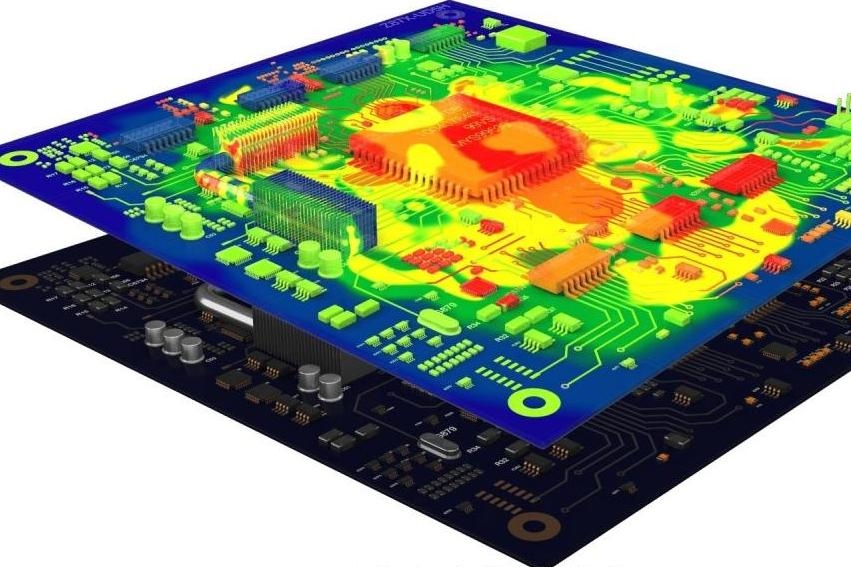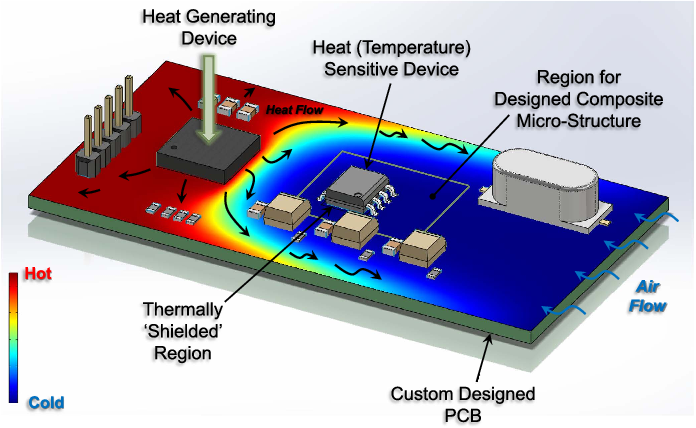Are you struggling with noise, interference, or poor signal quality on your double-sided PCBs? The secret to solving these issues often lies in optimizing your ground plane design. A well-designed ground plane can significantly reduce noise, minimize ground loops, and enhance signal integrity while tackling electromagnetic interference (EMI). In this comprehensive guide, we'll uncover the best practices for double-sided PCB ground plane design, offering actionable tips to help you achieve top-notch performance in your electronic projects.
Whether you're an experienced engineer or a hobbyist, this blog will walk you through the essentials of minimizing noise on double-sided PCBs, improving signal integrity on double-sided PCBs, and achieving EMI reduction on double-sided PCBs. Let's dive into the details of crafting effective ground planes and avoiding common pitfalls like ground loops on double-sided PCBs.
Why Ground Planes Matter in Double-Sided PCB Design
In double-sided PCB design, a ground plane is a large area of copper connected to the ground (0V) of your circuit. It serves as a reference point for all signals and provides a low-impedance path for return currents. Without a proper ground plane, your circuit can suffer from noise, crosstalk, and EMI, leading to unreliable performance.
Double-sided PCBs, which have copper layers on both the top and bottom of the board, present unique challenges compared to multilayer boards. With limited space for dedicated ground layers, engineers must strategically use one side (or portions of both) for grounding. A poorly planned ground plane can create ground loops on double-sided PCBs, where return currents take unintended paths, introducing noise and interference.
Optimizing your ground plane not only ensures signal integrity on double-sided PCBs but also plays a critical role in EMI reduction on double-sided PCBs. By providing a stable reference and minimizing impedance, ground planes help maintain clean signals, even at high frequencies (e.g., above 100 MHz), where noise issues are more pronounced.
Key Challenges in Double-Sided PCB Ground Plane Design
Unlike multilayer PCBs, where entire layers can be dedicated to grounding, double-sided PCBs require careful planning to balance signal traces, components, and ground areas. Here are some common challenges in double-sided PCB ground plane design:
- Limited Space: With only two layers, allocating enough area for a continuous ground plane can be difficult, especially with dense designs.
- Ground Loops: Improper grounding can lead to ground loops on double-sided PCBs, causing unwanted noise and interference.
- Signal Crosstalk: Without a solid ground plane, signals on adjacent traces can interfere with each other, degrading signal integrity on double-sided PCBs.
- EMI Issues: High-frequency signals can radiate or pick up interference if the ground plane isn’t designed for EMI reduction on double-sided PCBs.
Addressing these challenges requires a strategic approach to layout and grounding techniques, which we'll explore next.
Best Practices for Optimizing Ground Planes on Double-Sided PCBs
Creating an effective ground plane on a double-sided PCB involves careful planning and adherence to proven design principles. Below are actionable tips to help you master double-sided PCB ground plane design for minimizing noise on double-sided PCBs.
1. Dedicate One Side to Ground (When Possible)
Whenever feasible, reserve one entire side of your double-sided PCB for a ground plane. This creates a continuous, low-impedance path for return currents, reducing the risk of ground loops on double-sided PCBs. Place most of your components and signal traces on the top layer, using vias to connect to the ground plane on the bottom layer.
For example, in a simple audio amplifier circuit operating at 1-10 kHz, a dedicated ground plane on the bottom layer can reduce noise levels by up to 20 dB compared to a split or incomplete ground area. This approach also aids in EMI reduction on double-sided PCBs by minimizing the loop area of return currents.
2. Minimize Breaks in the Ground Plane
A continuous ground plane is key to maintaining low impedance and ensuring signal integrity on double-sided PCBs. Avoid cutting or splitting the ground plane with traces or components, as this forces return currents to take longer, noisier paths. If you must route traces on the ground layer, keep them short and use vias to jump over them on the opposite side.
For high-speed designs (e.g., signals above 50 MHz), even small breaks in the ground plane can increase impedance by 10-15 ohms, leading to signal reflections and noise. Use layout tools to check for discontinuities and ensure a solid ground connection across the board.
3. Use Star Grounding to Prevent Ground Loops
One effective way to tackle ground loops on double-sided PCBs is to implement a star grounding topology. In this approach, all ground connections converge at a single point, minimizing the chance of return currents forming loops that induce noise.
For instance, in a mixed-signal design with analog and digital components, separate the analog and digital grounds on the layout but connect them at a single point near the power supply. This technique can reduce noise coupling by up to 30% in sensitive circuits, ensuring cleaner operation and better signal integrity on double-sided PCBs.
4. Place Decoupling Capacitors Close to ICs
Decoupling capacitors are essential for minimizing noise on double-sided PCBs. Place these capacitors (typically 0.1 μF to 1 μF) as close as possible to the power pins of integrated circuits (ICs). Connect them directly to the ground plane with short traces or vias to filter out high-frequency noise.
In a microcontroller circuit running at 16 MHz, a properly placed decoupling capacitor can reduce power supply noise by 10-15 mV, preventing glitches and improving performance. This also contributes to EMI reduction on double-sided PCBs by stabilizing the power delivery network.
5. Route High-Speed Signals Carefully
High-speed signals are particularly prone to noise and interference on double-sided PCBs. To maintain signal integrity on double-sided PCBs, route these traces on the layer opposite the ground plane and keep them short and straight. Avoid running high-speed traces over splits or gaps in the ground plane, as this can cause signal reflections and EMI.
For a signal operating at 100 MHz, maintaining a continuous ground plane beneath the trace can reduce crosstalk by up to 25% compared to a fragmented ground. If routing on the ground layer is unavoidable, use stitching vias to connect ground areas around the trace, ensuring a consistent return path.
Advanced Techniques for EMI Reduction on Double-Sided PCBs
Electromagnetic interference (EMI) can wreak havoc on electronic designs, especially in compact double-sided PCBs. Beyond basic ground plane optimization, here are advanced strategies for EMI reduction on double-sided PCBs.
1. Implement Ground Stitching Vias
In designs where the ground plane is split across both layers, use stitching vias to connect ground areas. These vias act as short, low-impedance paths, reducing the loop area for return currents and minimizing EMI radiation. Place stitching vias every 1-2 cm along the board edges or near high-frequency components for optimal results.
In a 2.4 GHz wireless module, adding stitching vias around the RF section can reduce EMI by 10-12 dB, ensuring compliance with regulatory standards.
2. Shield Sensitive Areas
For circuits with sensitive analog or RF components, consider creating a ground shield around them. This involves surrounding the sensitive area with a ring of ground vias connected to the ground plane, forming a Faraday cage-like structure to block external interference.
This technique is particularly effective for EMI reduction on double-sided PCBs in environments with strong external fields, such as near motors or high-power transmitters, where interference can exceed 50 V/m.
Common Mistakes to Avoid in Double-Sided PCB Ground Plane Design
Even with the best intentions, certain mistakes can undermine your efforts in double-sided PCB ground plane design. Here are pitfalls to watch out for:
- Splitting the Ground Plane Unnecessarily: Dividing the ground plane for analog and digital signals without a single-point connection can create ground loops on double-sided PCBs, increasing noise by 10-20%.
- Ignoring Return Paths: Failing to ensure a direct return path for high-speed signals can degrade signal integrity on double-sided PCBs and amplify EMI.
- Overcrowding the Ground Layer: Routing too many traces on the ground layer disrupts continuity, leading to higher impedance and noise.
By avoiding these errors, you can maximize the effectiveness of your ground plane and achieve better overall performance.
Tools and Resources for Double-Sided PCB Design
Modern design software offers powerful features to help with double-sided PCB ground plane design. Use tools with built-in simulation capabilities to analyze return paths, impedance, and EMI before fabrication. Many platforms also provide automated checks for ground plane continuity and via placement, saving time and reducing errors.
Additionally, reference design guidelines and application notes from semiconductor manufacturers often include specific grounding recommendations for their components, which can be invaluable for minimizing noise on double-sided PCBs.
Conclusion: Mastering Ground Planes for Noise-Free Double-Sided PCBs
Optimizing ground planes on double-sided PCBs is a critical skill for any electronics designer. By following the best practices outlined in this guide, such as dedicating a layer to ground, minimizing breaks, using star grounding, and implementing advanced EMI techniques, you can significantly improve signal integrity on double-sided PCBs and achieve EMI reduction on double-sided PCBs.
A well-designed ground plane is your first line of defense against ground loops on double-sided PCBs and a key factor in minimizing noise on double-sided PCBs. With careful planning and attention to detail, you can create reliable, high-performance designs that meet the demands of modern electronics.
Start applying these double-sided PCB ground plane design secrets in your next project, and experience the difference a solid grounding strategy can make. Your circuits will thank you with cleaner signals and quieter operation.
 ALLPCB
ALLPCB


